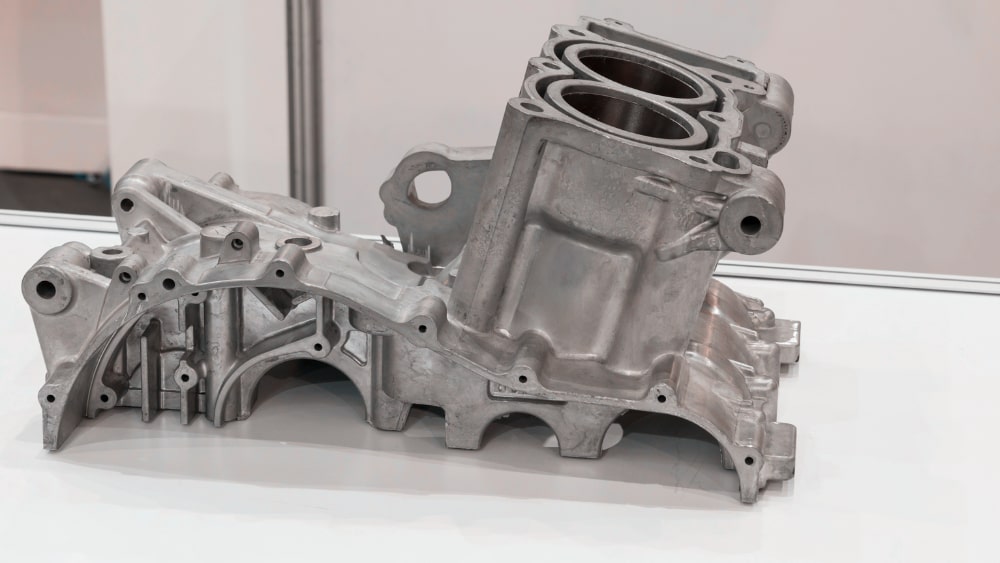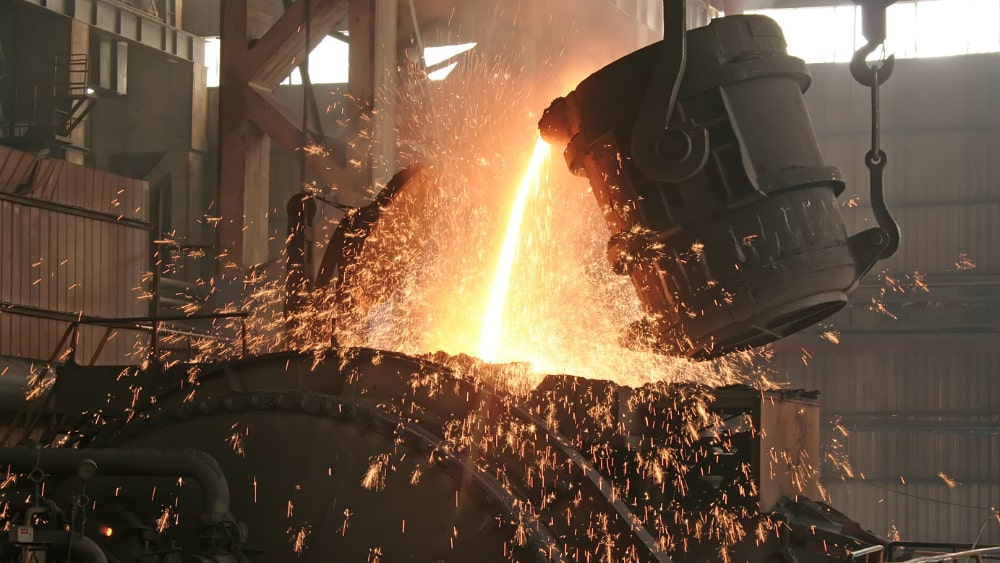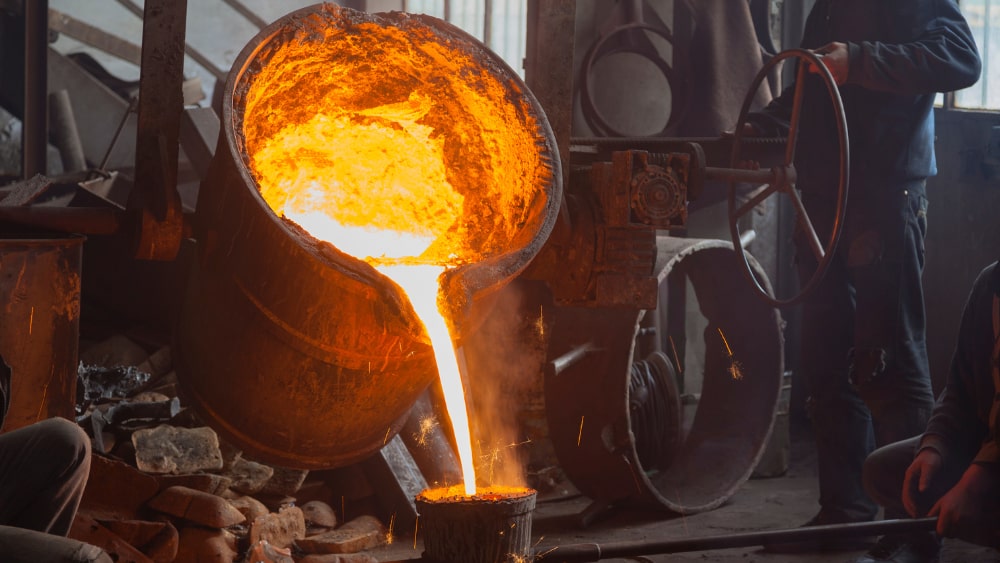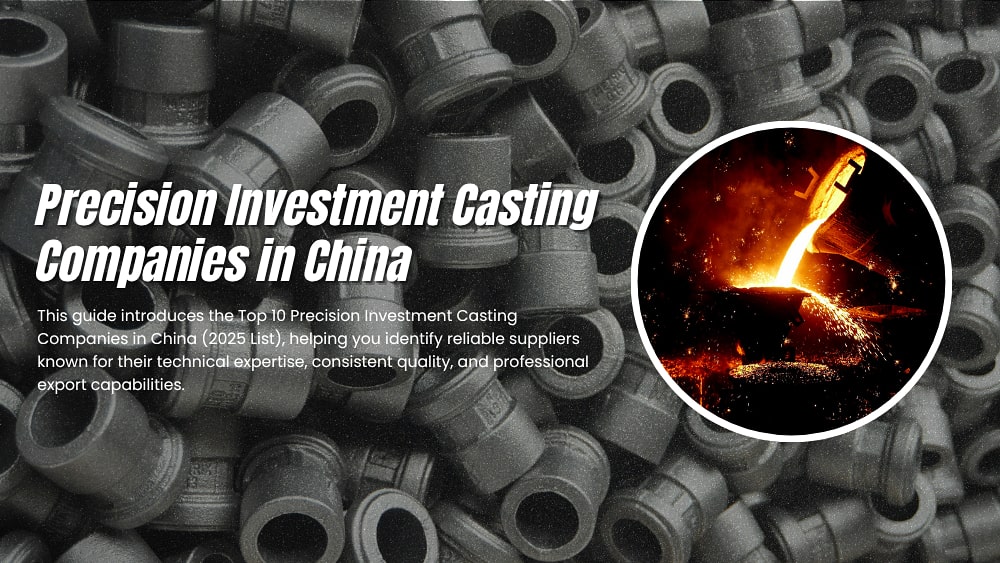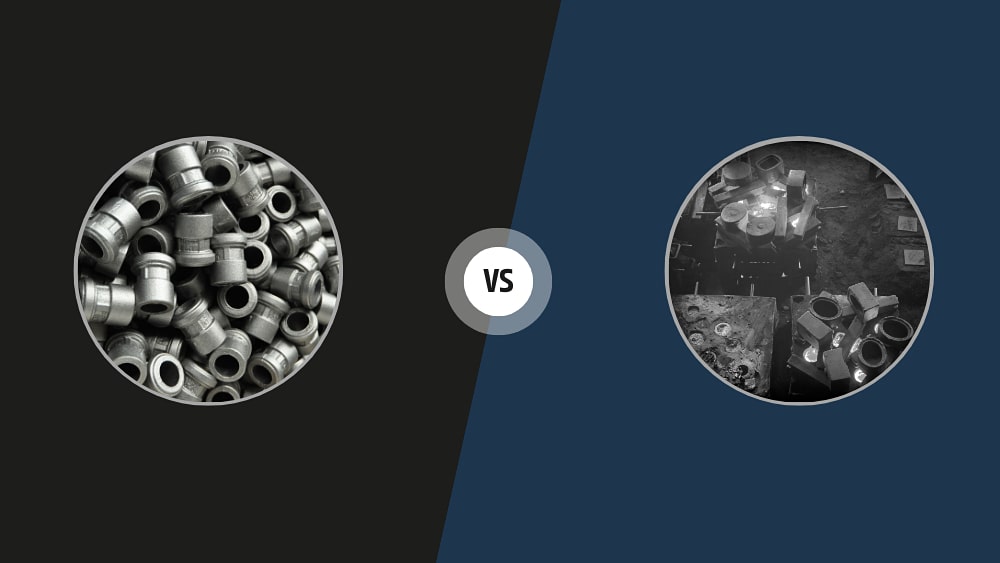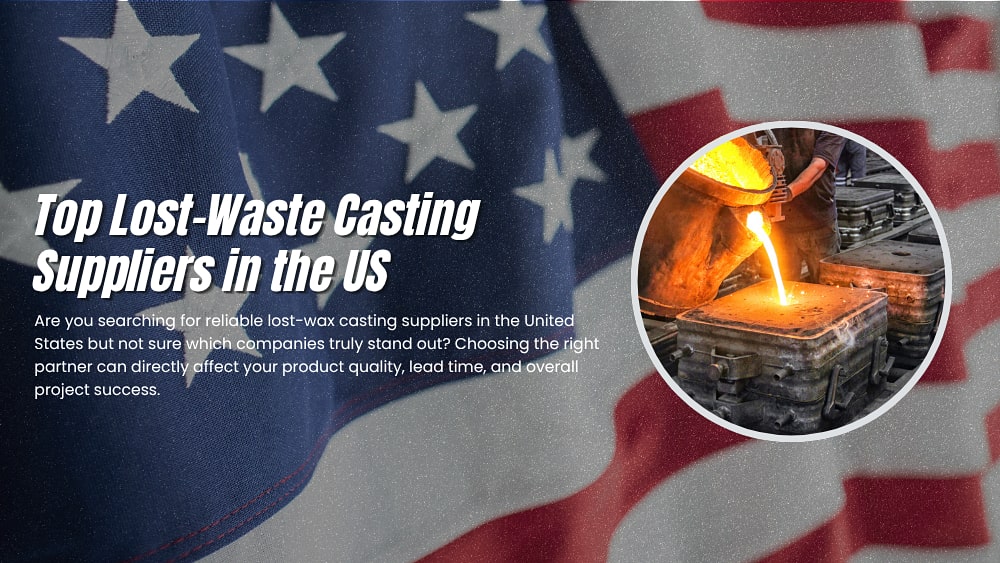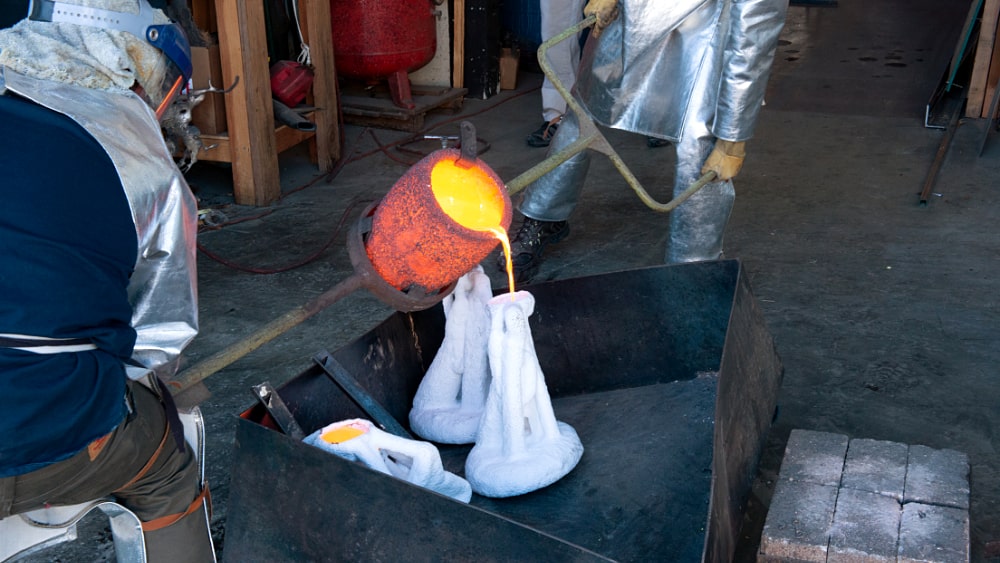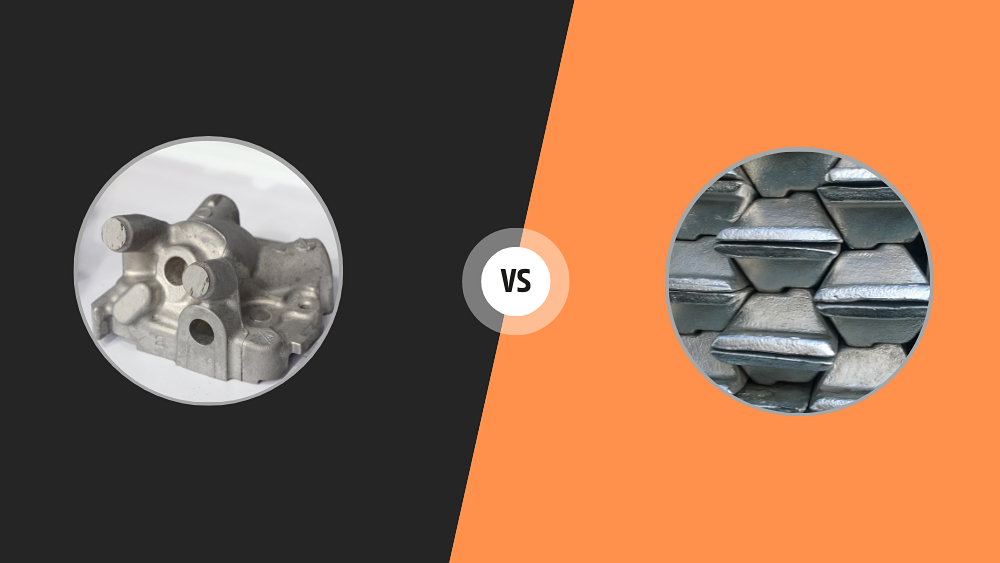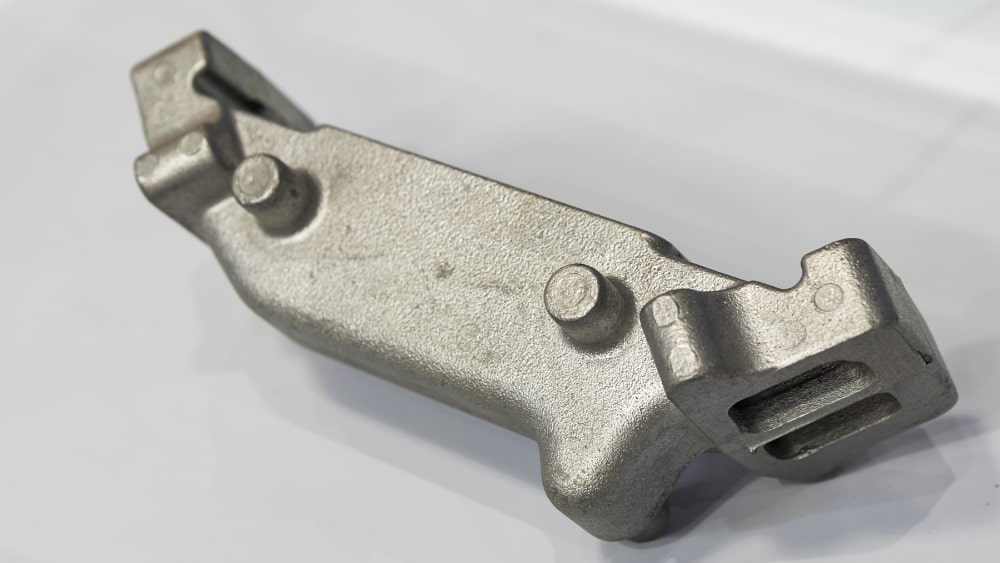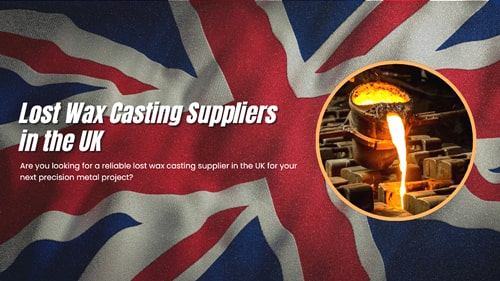
Have you ever faced this dilemma: the tooling cost for a complex part is unreasonably high, production schedules keep slipping, and innovative designs are often restricted by traditional casting methods? These challenges—rising costs, long lead times, and limited flexibility—are common pain points for manufacturers striving to stay competitive in today’s market.
That’s where Lost Foam Casting comes in. As a mature and reliable casting technology, it offers unique advantages that go far beyond conventional methods. Manufacturers choose Lost Foam Casting because it helps them reduce production costs, simplify complex part structures, and achieve superior dimensional accuracy—all while maintaining design freedom and efficiency. These benefits make it an ideal choice for industries seeking both performance and innovation.
In this article, we’ll explore the key advantages of Lost Foam Casting and explain why choosing this process can be a game-changer for your production line. From cost efficiency to quality improvement, and from flexibility in design to streamlined workflow, you’ll discover how this advanced casting method helps your business gain a lasting competitive edge.
5 Key Advantages of Lost Foam Casting — From the User’s Perspective
Benefits 1. Solving Complex Structural Challenges
One of the biggest frustrations in product development is hearing, “This part can’t be made.” Complex internal passages, undercuts, and multi-surface transitions often push traditional sand or die casting to their limits. Lost Foam Casting removes these barriers. Using an expendable foam pattern that evaporates when molten metal is poured, it eliminates the need for parting lines, cores, and multiple molds. This means engineers can realize intricate, one-piece castings that integrate what used to be several welded or bolted components. The result is improved structural integrity, lighter weight, and fewer assembly defects—all achieved with greater design freedom and lower rework rates.
Benefits 2. Significantly Reducing Tooling and Production Costs
For many manufacturers, high tooling costs are the biggest barrier to launching new products. In Lost Foam Casting, the tooling consists of aluminum molds for foam patterns—cheaper and easier to modify than traditional steel dies. Pattern production is fast, and small design changes can be implemented without completely rebuilding the mold. This flexibility allows for rapid prototyping and low-to-medium volume runs at a fraction of the usual cost. Moreover, because the process eliminates cores and simplifies assembly, overall production cost drops by up to 20–40% compared with sand casting, while reducing manpower and machining time.
Benefits 3. Accelerating Product Launch and Shortening Lead Time
In industries like automotive, construction machinery, or pump manufacturing, a delayed launch can mean losing the market. Lost Foam Casting is designed for speed and flexibility. The process requires fewer steps—no core making, core setting, or mold parting—allowing foundries to go from pattern design to pouring in days instead of weeks. Its simplified workflow also makes it ideal for quick iteration and small-batch testing before mass production. Combined with automation and modern coating systems, this method helps companies reduce project lead time by 30–50%, allowing new products to reach customers faster.
Benefits 4. Improving Consistency, Accuracy, and Surface Quality
Many manufacturers face issues like inconsistent dimensions, high rejection rates, or excessive post-machining. Lost Foam Casting addresses these pain points through its self-contained pattern system. Because the foam evaporates during pouring, the molten metal fills the cavity with minimal turbulence, leading to uniform solidification and dense microstructure. Dimensional tolerances can reach CT7–CT8 levels, while surface roughness typically achieves Ra12.5 μm or better. The absence of parting lines, sand inclusions, and core defects further enhances casting stability. As a result, the process delivers high consistency, repeatable accuracy, and improved mechanical properties—reducing downstream machining and ensuring long-term product reliability.
Benefits 5. Aligning with Green and Sustainable Manufacturing
Meeting environmental standards is increasingly critical for global manufacturers. Lost Foam Casting inherently supports green manufacturing. It eliminates core sand, drastically reducing material waste and post-cleaning requirements. The foam pattern burns cleanly during pouring, generating negligible solid residues. Foundries also benefit from easier sand reclamation, lower energy consumption, and cleaner work environments. These characteristics not only help comply with environmental audits and ISO 14001 standards but also lower operational costs associated with waste treatment. By choosing Lost Foam Casting, companies can meet both economic and ecological goals—achieving sustainable, high-efficiency production without sacrificing performance.
From solving complex design limitations to delivering greener production, Lost Foam Casting offers a comprehensive solution for modern manufacturers seeking innovation, efficiency, and reliability across every stage of production.
Qianhao’s Lost Foam Casting Case Study
The real strength of Lost Foam Casting is revealed when theory meets practice. Across industries—from automotive and pump manufacturing to large-scale artistic casting—this technology has consistently proven its ability to merge design innovation with production efficiency. Below are examples of how Qianhao, a trusted precision casting supplier, helps clients achieve measurable performance and cost advantages through advanced Lost Foam Casting solutions.
One of Qianhao’s long-term clients, a mid-sized industrial equipment manufacturer, faced ongoing challenges in producing a complex housing assembled from 10 separate welded components. The traditional process required intensive machining, alignment, and inspection—driving up labor and production costs. After adopting Qianhao’s Lost Foam Casting solution, the customer successfully transformed the multi-piece design into a single integrated casting. The results were significant: weight reduced by 20%, manufacturing costs lowered by 15%, and overall mechanical strength improved by eliminating weld joints and internal stress points. Furthermore, streamlined production workflows enabled a two-week reduction in delivery time, allowing the client to meet rising market demand with greater agility and reliability.
Through real-world applications like this, Qianhao demonstrates how Lost Foam Casting can redefine modern manufacturing—helping customers optimize cost, improve quality, and innovate faster. As a professional Lost Foam Casting supplier, Qianhao continues to deliver efficient, high-precision, and sustainable casting solutions that empower industries worldwide to achieve long-term competitive advantage.
Conclusion
As demonstrated throughout this article, Lost Foam Casting is far more than just an alternative casting method—it is a value investment that enhances a company’s competitiveness across cost, efficiency, quality, and innovation. Its 5 key advantages—design flexibility, reduced tooling cost, faster production, consistent quality, sustainable manufacturing, and structural optimization—make it a strategic technology for forward-thinking manufacturers. By adopting Lost Foam Casting, enterprises can effectively lower production barriers, accelerate product delivery, and gain a sustainable edge in both domestic and global markets.
Ready to explore the possibilities? Simply send us your part drawings or technical requirements, and Qianhao’s engineers will provide a free assessment of whether Lost Foam Casting is the right fit for your needs—along with tailored recommendations to optimize cost, performance, and manufacturability.
Empower your next product line with Qianhao’s Lost Foam Casting expertise—where innovation meets precision, and every casting adds real business value.


